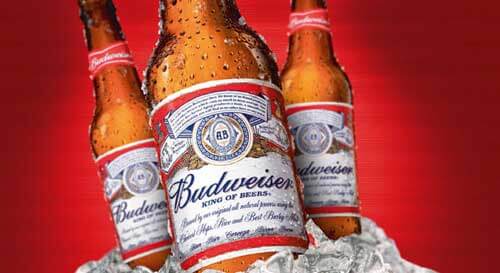When second is best
The biggest objection to the proposed AV electoral system appears to be that it will lead to the triumph of ‘everyone’s second choice’. Welcome to the little-studied, but curiously pervasive, world of consensus brands, the secret of which is to pull off this very trick: turning ‘second’ into a winning position.
A simple way to get a feel for consensus branding is to imagine a group of friends arranging to meet for a drink. The choice of venue will be a negotiated decision. Destinations will be suggested, lobbied for, resisted, defended and modified until consensus is reached. If you eavesdropped on those discussions, you would probably notice that firstchoice brands tend to polarise. Characterful and distinctive, they are loved by their supporters for the same reasons that they will be resisted by detractors.
You will also notice that detractor language is more vehement than proposer language. Proposers might open with ‘What about…?’ Detractors counter with ‘I can’t face…’
The outcome is that groups fall back on consensus brands – those that strike the balance of being attractive enough to get into everyone’s consideration set, yet not so extreme in any one direction to put off vociferous minorities. This helps explain the success of brands such as JD Wetherspoon; they might not be anybody’s all-time favourite, but make for a popular second choice.
The concept of consensus branding is influential in a wide range of sectors. Virtually the whole B2B market is consensus territory. Brands here normally have to cling to a lengthy buying chain where one unsupportive link could mean sudden death. Better to be acceptable to all than the subject of a struggle between strong pros and equally obdurate antis.
In consumer markets, holidays, family cars, and food and drink choices involving hospitality are all areas in which it pays to be acquainted with the principles of consensus branding. These principles more or less amount to a reversal of the normal marketing instinct, with its drive for distinctiveness and strong individual appeal:
1. It is more important to understand what people don’t want than what they do. This is a big one, to do with defusing the power of veto. Underlying it is the asymmetrical repertoire of human emotions, in which positive emotions (joy, surprise) are outnumbered by negative ones (anger, sadness, fear, disgust and contempt).
This emotional bias ensures that avoidance is a powerful force in human nature. It evolved to help us survive the dangers of our savannah past, but its influence persists.
2. Low distinctiveness, high consensus. It is the converse of the Marmite approach to branding; as a consensus brand, your mantra is more likely to be: ‘You neither love it nor hate it’. Sharply defined edges, quirky attributes and strong brand flavours are all consensus-busters. The skill is to maintain broad appeal without being bland to the point of invisibility.
3. Groups behave as ‘sufficers’. Whereas individuals will often be ‘maximisers’, bent on the discovery of the gold-standard option, for groups, the principal objective will be the avoidance of mistakes. Silver and bronze are acceptable.
Politicians may be scrambling to understand a world in which secondfavourites can finish first. In branding, the dynamics of AV are nothing new.
It’s not the only reason they have succeeded, but the fact that these brands won’t offend anyone in a group decision probably played its part…
IBM The old adage that ‘no one ever got fired for choosing IBM’ did the brand no harm when building its business in big corporate entities with multiple decision-makers.

Budweiser cited as the epitome of a ‘consensus beer’
Budweiser As Dave Trott brilliantly observed in a blog posting in 2009: When stocking up for the game on TV, you get your favourite beer, but you would also always get a case of Budweiser, in case any guests come round. Why? Because ‘Budweiser is quite bland, it’s no one’s favourite, but nobody objects’.
Barcelona An increasingly popular choice for the European corporate conference location; ‘edgy’ enough to be interesting to most, but safe enough on many fronts, too – no strange food, predictable weather, and language that most Europeans can grapple with. There might be a strong lobby for more interesting destinations such as Reykjavik or Warsaw, but they are less likely to gain the consensus vote.
